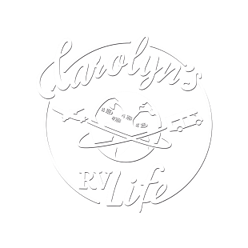Real Life Summer Boondocking – Ultimate Tips You Need to Know
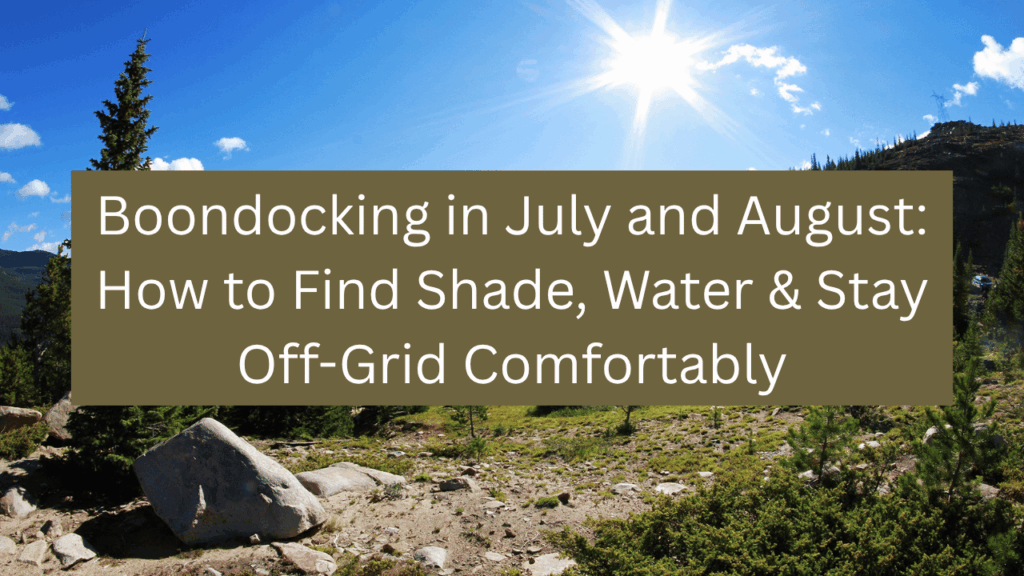
Getting Started w/ RV Living, On the Road Real Life Summer Boondocking – Ultimate Tips You Need to Know Posted by Carolyn Higgins on June 27, 2025 Summer boondocking means secret camping spots, off-grid national forest hide-aways, unforgettable sunsets—and some serious heat. July and August are prime months for off-grid exploration, but they also test […]
Summer Just Got Safer – Sadie & I Hit the Road with the Upgraded Waggle Pet Monitor*
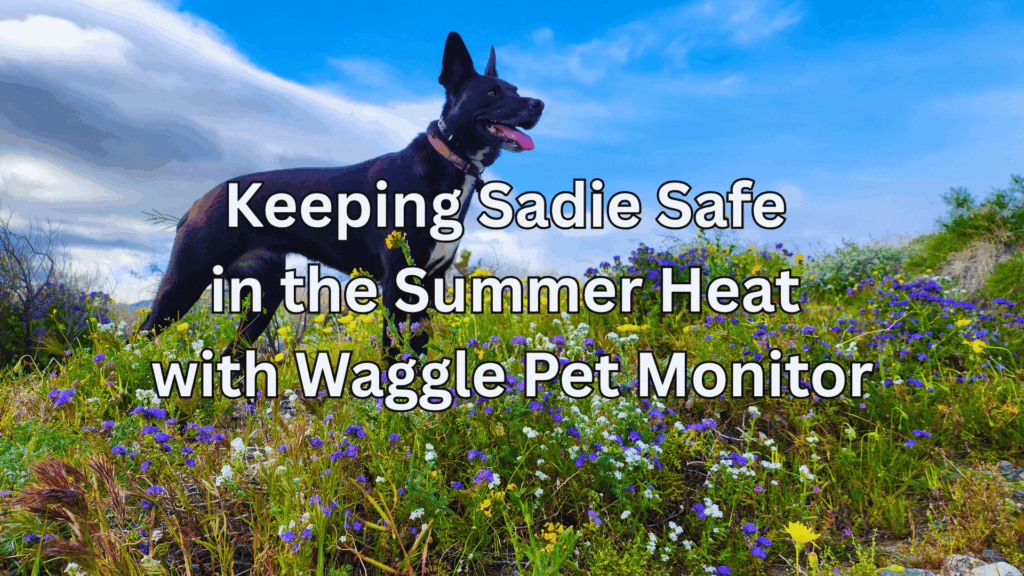
Uncategorized Elementor #6810 Posted by Faith Shipley on June 26, 2025 If you’ve followed our adventures for a while, you know one thing about me: I’ll never compromise on Sadie’s safety. My girl is more than just a pet — she’s my co-pilot, trail scout, and best friend rolled into one. And with summer turning […]
Keeping Sadie safe on the road: My honest review of Waggle*

On the Road, RV Living Tips, RVing Safety Tips Keeping Sadie safe on the road: My honest review of Waggle* Posted by Carolyn Higgins on May 29, 2025 Life on the road with Sadie is many things — freeing, unpredictable, sometimes muddy, always meaningful. If you’ve followed my channel for a while, you know how […]
Brutal Truth Revealed: 2025 Land Cuts—and How to Fight Back
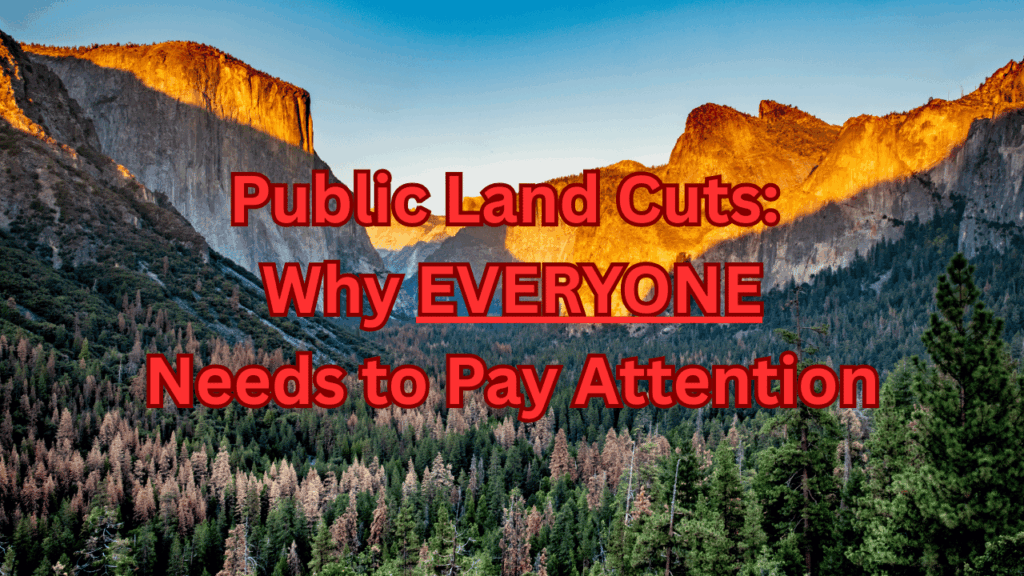
RV Life Challenges, RV Living Tips Brutal Truth Revealed: 2025 Land Cuts—and How to Fight Back Posted by Carolyn Higgins on May 20, 2025 Whether you’re a weekend hiker, a family that loves camping trips, or a full-time RVer chasing sunsets, chances are you’ve built some of your best memories on public lands. National parks, […]
Is Living in an RV or Van REALLY Illegal Now?
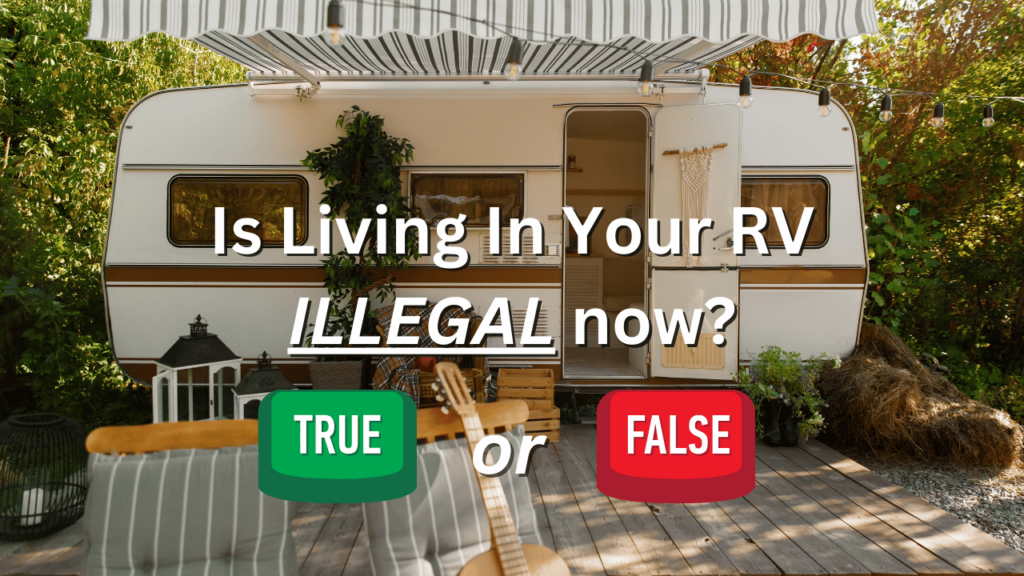
Getting Started w/ RV Living, RV Life Challenges, RV Living Tips, RVing Safety Tips Is Living in an RV or Van REALLY Illegal Now? Posted by Carolyn Higgins on February 21, 2025 RV living has gained massive popularity over the years, with more people opting for a life of freedom on the open road. However, […]
Essential Winter RV Camping Hacks: Everything You Need To Know
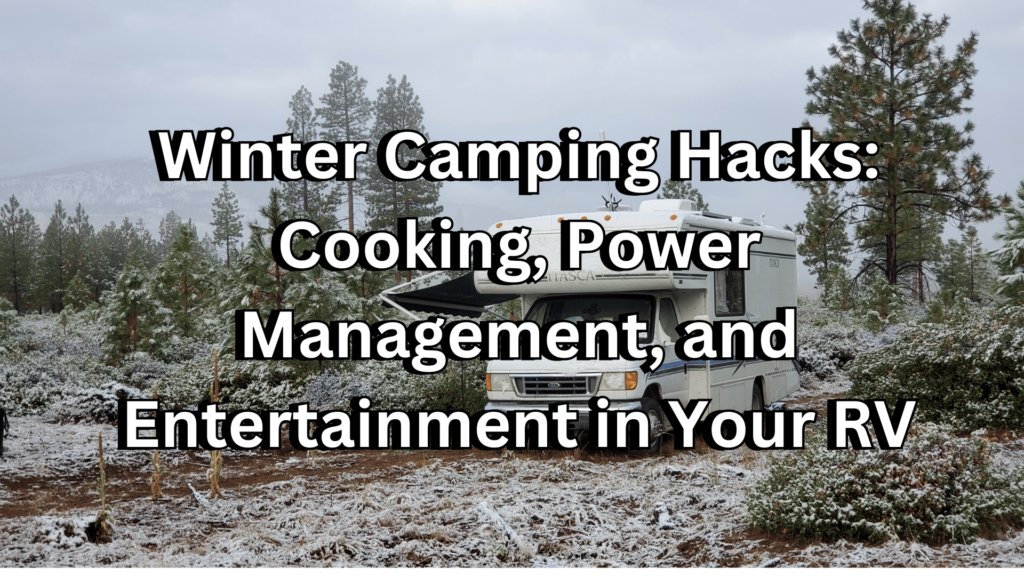
Getting Started w/ RV Living, RV Living Tips Essential Winter RV Camping Hacks: Everything You Need To Know Posted by Carolyn Higgins on January 23, 2025 Winter RV camping can be a magical experience, with snow-covered landscapes and cozy nights. But the chilly weather also presents unique challenges: from keeping your RV pipes from freezing […]
Is Quartzsite Right For You? Easy RV Traveler’s Guide to the Best Winter Destinations.
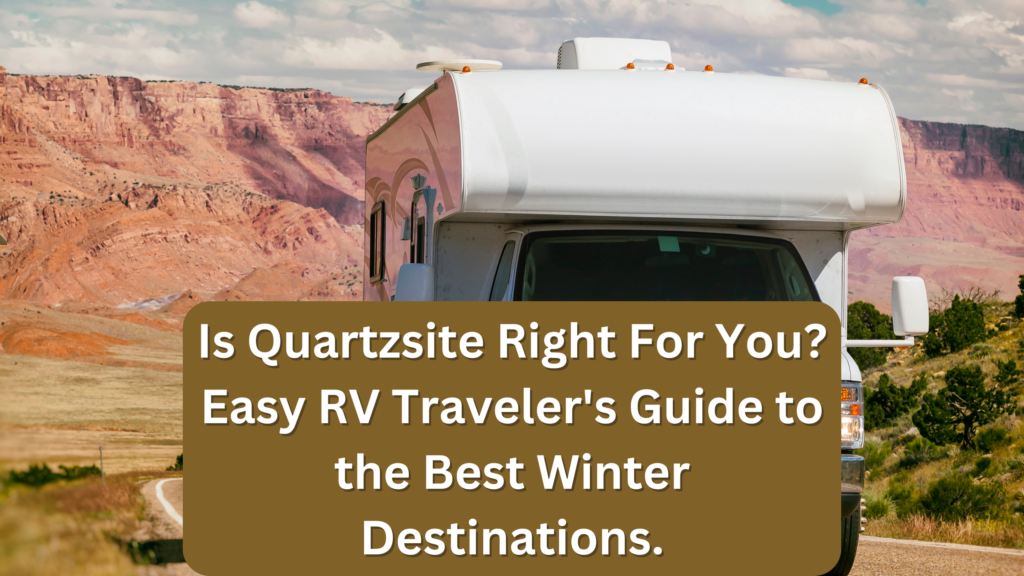
Uncategorized Is Quartzsite Right For You? Easy RV Traveler’s Guide to the Best Winter Destinations. Posted by Carolyn Higgins on November 20, 2024 As the colder months roll in and temperatures drop across much of the country, many RVers set their sights on warmer destinations to make the most of winter. Whether you’re a full-time […]
Spookiest RV Destinations: The Ultimate Guide to Haunted Adventures
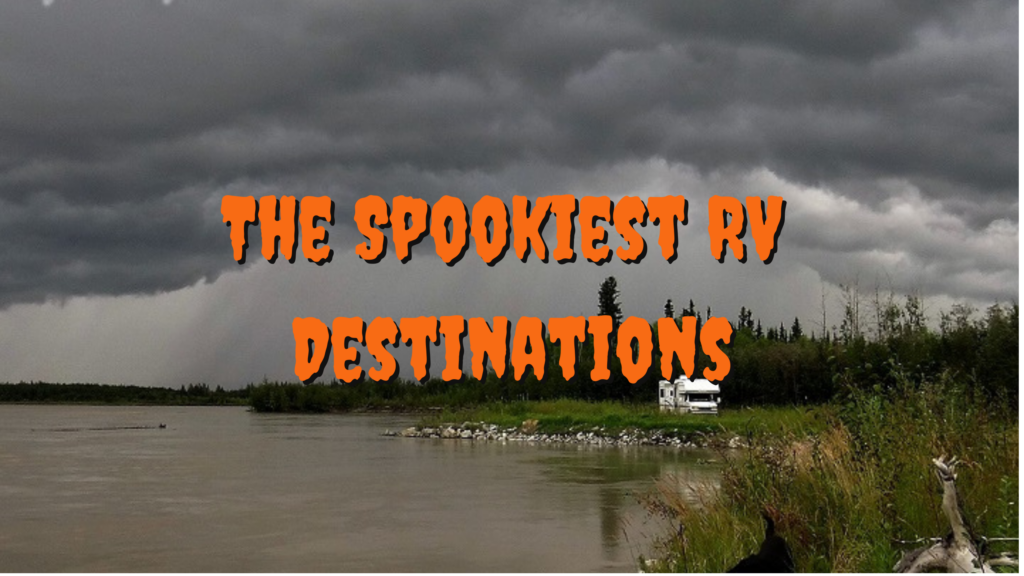
Holidays, Places, RV Living Tips Spookiest RV Destinations: The Ultimate Guide to Haunted Adventures Posted by Carolyn Higgins on October 16, 2024 Autumn is here and that means Halloween is right around the corner! Are you in the mood for something haunted and spooky? Do you crave mystery, thrills, and perhaps a ghostly encounter, or […]
How To Live In An RV Full-Time – The Ultimate Guide
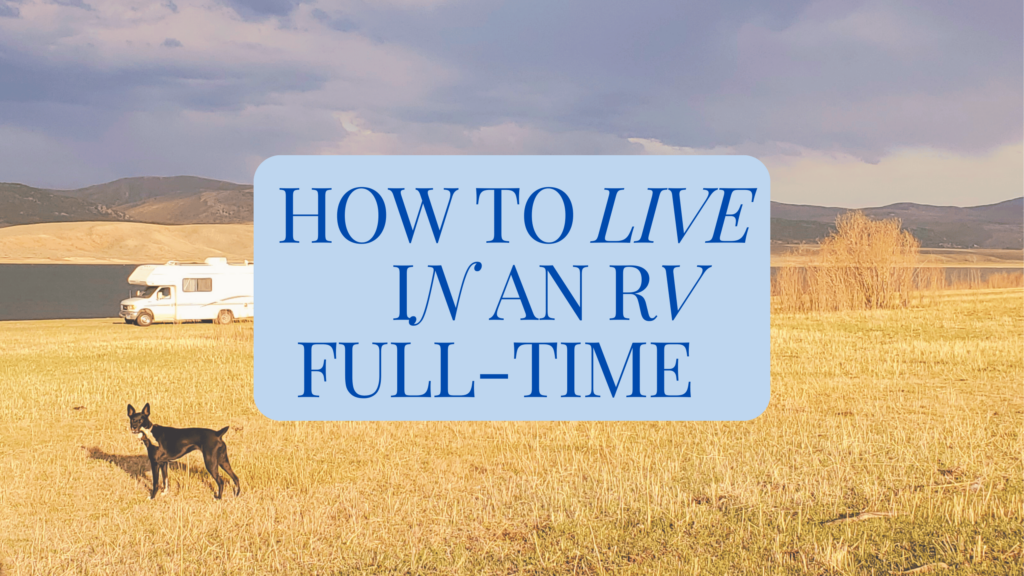
Getting Started w/ RV Living, RV Living Tips How To Live In An RV Full-Time – The Ultimate Guide Posted by Carolyn Higgins on August 29, 2024 Living in an RV full-time is a dream for many, offering the freedom to explore new places, live minimally, and embrace a nomadic lifestyle. However, transitioning from a […]
Ultimate Guide to the Best Scenic Drives Across the USA
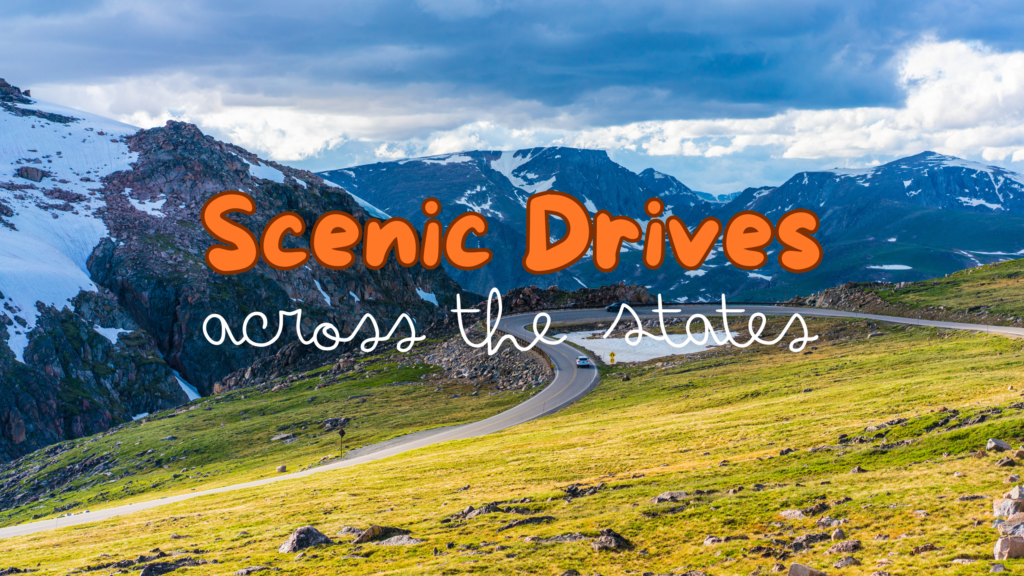
Getting Started w/ RV Living, On the Road, Places Ultimate Guide to the Best Scenic Drives Across the USA Posted by Carolyn Higgins on July 26, 2024 There’s nothing quite like the open road, especially when that road takes you through some of the most breathtaking landscapes in the United States. From the meandering beauty […]


